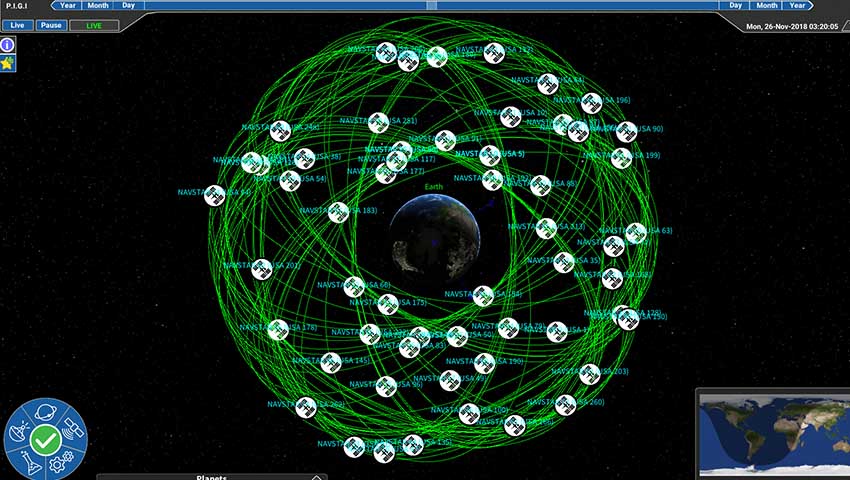The company calls this the Kiwi Space Radar and is its third space radar, but the first in the southern hemisphere.
Its improved technology enables it to track debris as small as two centimetres in low-Earth orbit (LEO).
This radar is located in the Naseby district of Central Otago on New Zealand’s South Island. That was apparently a well kept secret until quite recently.
LeoLabs' other radars are located in Alaska and Texas, with capability to track objects as small as 10 centimetres, or a 1U CubeSat.
LeoLabs co-founder and chief executive Dan Ceperley said the company was founded on the promise that it could deliver this type of technology.
The company has completed construction of the new radar and is now obtaining data for testing and calibration, he said.
By the end of the year, LeoLabs plans to include data from the Kiwi Space Radar in the products and services for its customers.
“We’re extremely excited to show the technology that we’re going to take around the world,” he told SpaceNews.
Michael Nicolls, LeoLabs co-founder and chief technology officer, said, “The Kiwi Space Radar raises the bar on addressing the threat of collisions that have never before been tracked in LEO.”
“By operating at a higher frequency than our earlier sensors, the Kiwi Space Radar was designed to track an estimated 250,000 additional objects down to two centimetres in size.
“These objects account for most of the risk of collisions in space, and Kiwi Space Radar is the first big step towards addressing that risk. It will enable thousands of new satellites to safely use LEO.”
Kiwi Space Radar is a phased array radar which operates at a higher frequency to resolve smaller objects. Like the others, it’s remotely operated and highly automated to reduce operating costs.
LeoLabs plans a network of six radars by the early 2020s, with three to be installed at additional sites to improve coverage of the large satellites constellations planned by SpaceX, OneWeb and others.
One will be near the equator and others further north and further south. The company hasn’t said where.

